Ambiance guaranteed!
We are proud of our festive traditions and intend to make sure you enjoy them too. Join us for the fun and friendly celebrations! Through the seasons, the rich history of Agde unfolds in a succession of traditional celebrations, with parades of flower-covered floats, a fishermen’s festival, sound and light shows, nautical festivals, and much more.
Jousting tournaments all summer long
The jousting tournaments on the River Hérault, below Saint-Etienne Cathedral, are among the most emblematic of local events in Agde. Without a doubt, this is our most ancient festive tradition and remains very popular with the local population. Agde was one of the first towns of Languedoc to introduce this festival of good-humoured fun and games, sport and suspense.
The idea is simple: jousters dressed in white and armed with lances battle it out on barges, one red, the other blue. The jouster who knocks his opponent into the river wins the heat. After the qualifying round, it’s time for the “rematch”. Emotions run high as the barges go back and forth until the final winner is applauded and cheered.
Did you know?
Jousting traditions have been perpetuated here since Antiquity, when boat tournaments were first introduced by the Greeks.
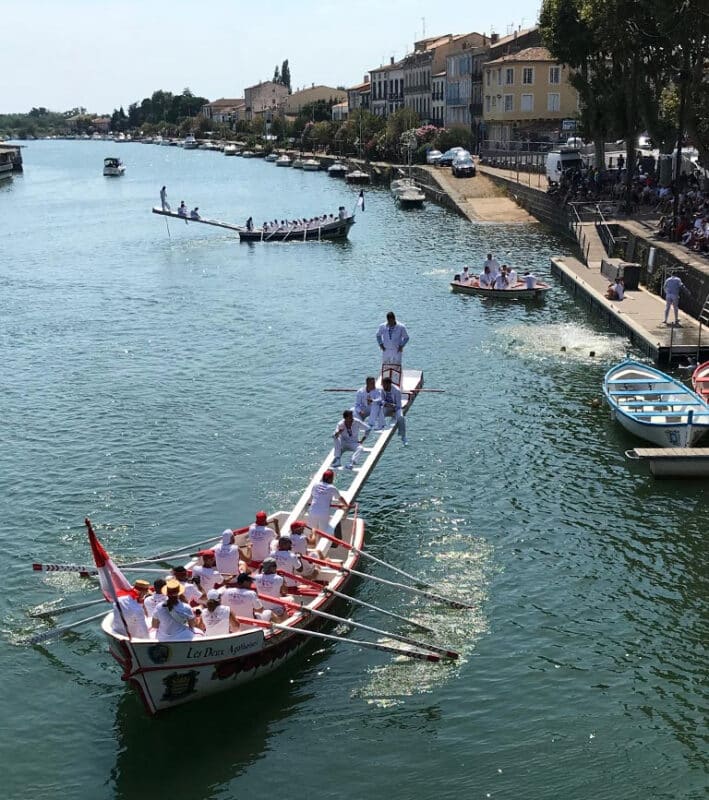
The Fête des Pêcheurs through the ages
The Fishermen’s Festival is another event that remains deeply rooted in the culture and maritime traditions of Agde. This ancestral tradition unites sailors, local residents and visitors in an enthusiastic celebration of religious faith and fun activities.
This festival traditionally takes place every year at the beginning of July. It is a real celebration with music, games, and seafood for all. It is also a time for prayer and contemplation, when fishermen thank Saint Peter for his protection. After the Sunday worship of Saint Peter, the procession of boats comes together in a tribute to sailors lost at sea, creating a picturesque scene for the most moving moment of the celebrations.
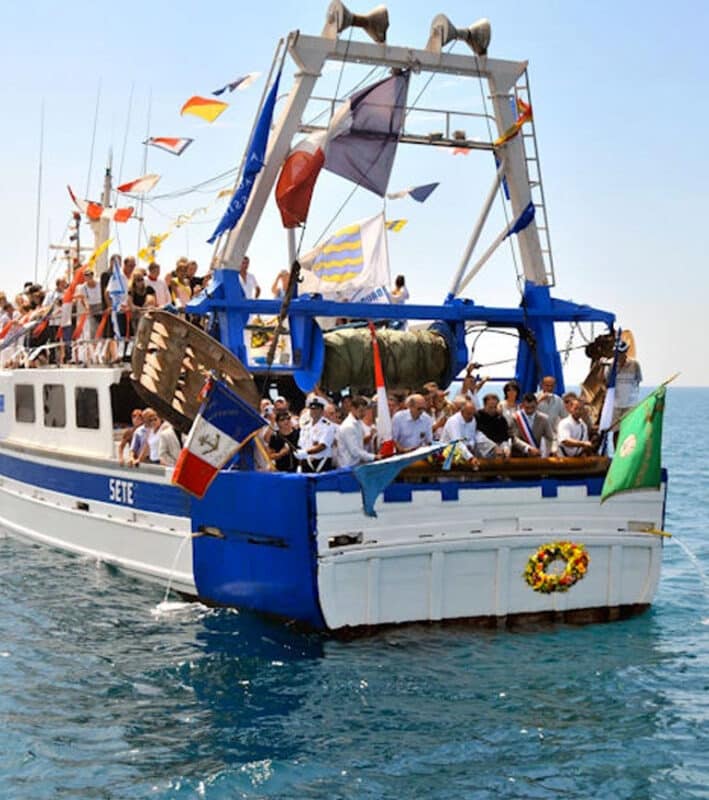
The Musée Agathois Jules Baudou, a guardian of history
Visit the Museum of Agde to learn more about the arts, traditions and folklore of the local people. With costumes, reconstitutions of typical interiors and day-to-day items, alongside religious traditions and the epic of the sea, the museum unveils the city’s entire history.
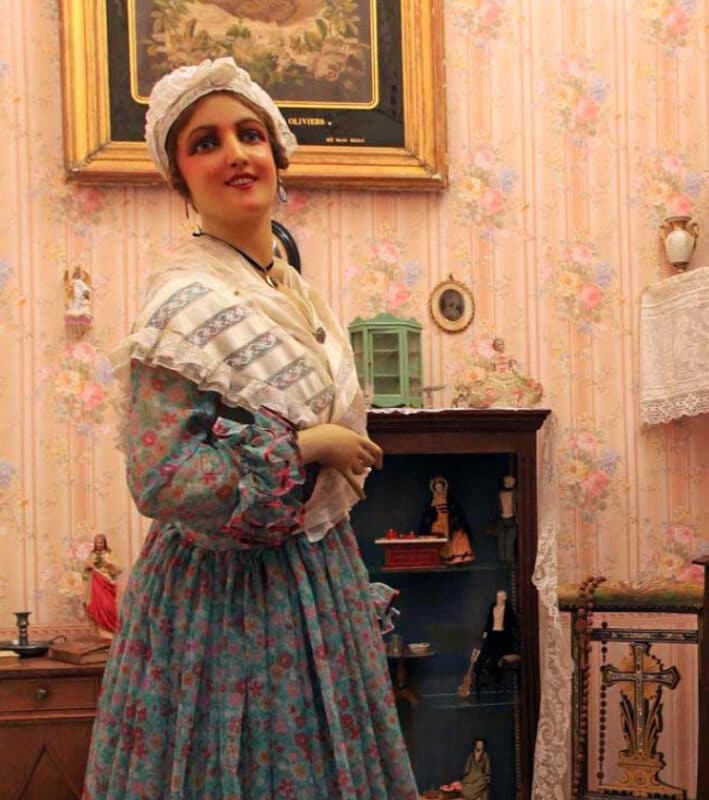
Pétanque, the ultimate summer sport
Let it be said, the French game of “boules” is thought to have been invented in Gaul. The very first bowling balls were made of clay or earth, then wood before steel came along. After the “bowlers” of the Middle Ages, however, the golden age of bowling in all its forms was probably the Renaissance period, when the cup-and-ball game was also at its height, along with real tennis, the ancestor of modern tennis.
Nowadays, an aperitif is traditionally followed by a game of pétanque, officially a sport since 2005, which is appreciated by all under the plane trees.
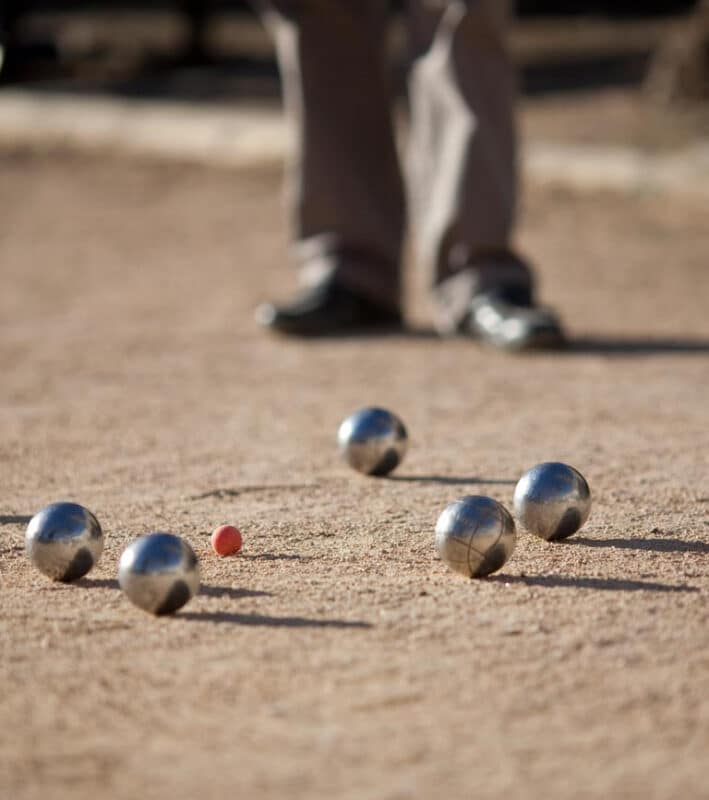
Tambourin, a medieval sport
Once known as the “ball game”, this medieval team sport pits two teams of five players against one another. As in real or modern tennis, players have to send the ball to the opponents’ side of the court. The score system is the same too: 15, 30, 45, and Game.
Cazouls d’Hérault is one of the very few Languedoc villages where tambourin is still played. The village has two pitches measuring 80 metres in length and 18 metres in width.
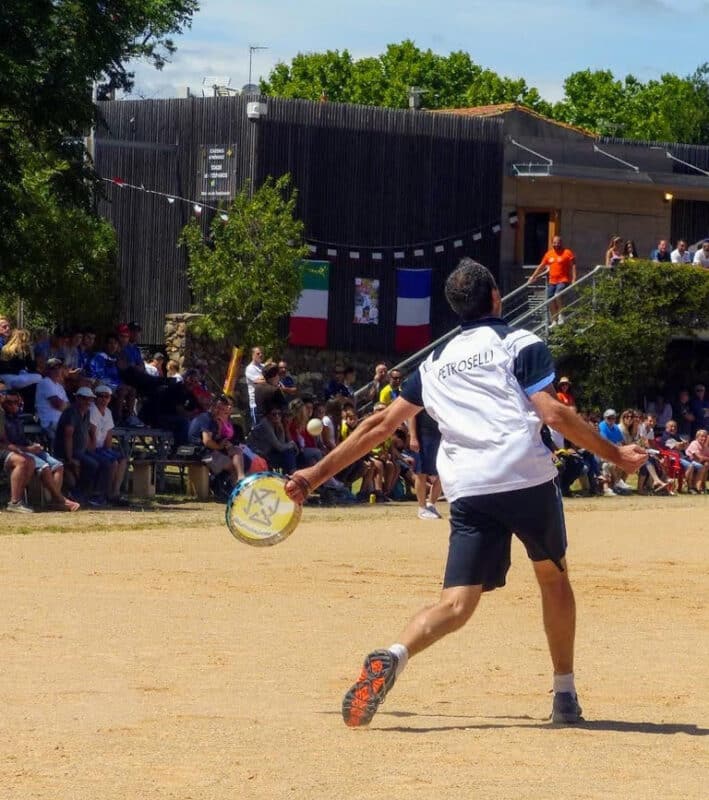
Totemic animals, our village emblems
Totems in Languedoc? Certainly! The gigantic beasts have been paraded here since the Middle Ages and still feature in the carnivals and votive festivals that are deep-rooted traditions in the South of France, especially Languedoc, as well as in Spain and Belgium.
Each of these enormous “totemic animals”, made from wood and covered in canvas, has its origins in a legend or some story relating to life in Agde. Following precise rituals, the porters hidden beneath get them moving to the sound of fifes, oboes and drums.
Most of the villages in the Hérault Valley have their own totemic animal, making up an incredible array of bestiary which includes the Montagnac Goat, the Bessan Donkey, the Dog of Saint-Pons-de-Mauchiens, the Nizas Loach, the Pinet Caterpillar, and the Foals of Pézenas, Saint-Thibéry, Adissan and Vias.
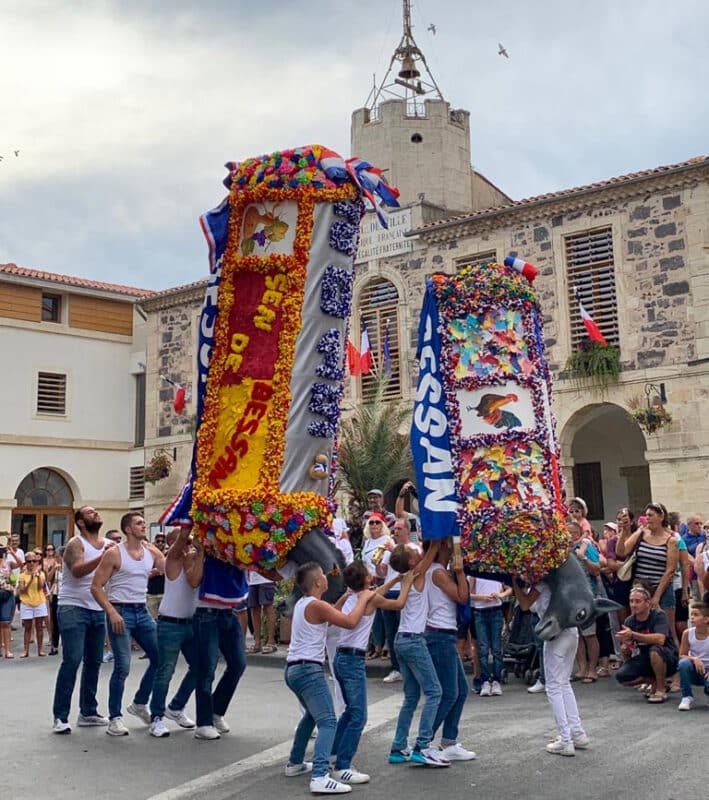
The Carnival
With the first moon of February (St Blasi) the imminent close of winter is announced by “vegetal women and wild men”. The Carnival giant represents the rising sap and the breath of spring, or youth in all its liberating, ravishing playfulness. Amid the hullabaloo, the fancy dress, the Totem grand finale, the mischief and the sentencing of the Carnival King, this green age is celebrated in a frenzy of traditional carnival dances.
In 2005 the Pézenas was inscribed, along with the Donkey, on the UNESCO Intangible Cultural Heritage list of the “carnival giants and dragons of Belgium and France”.
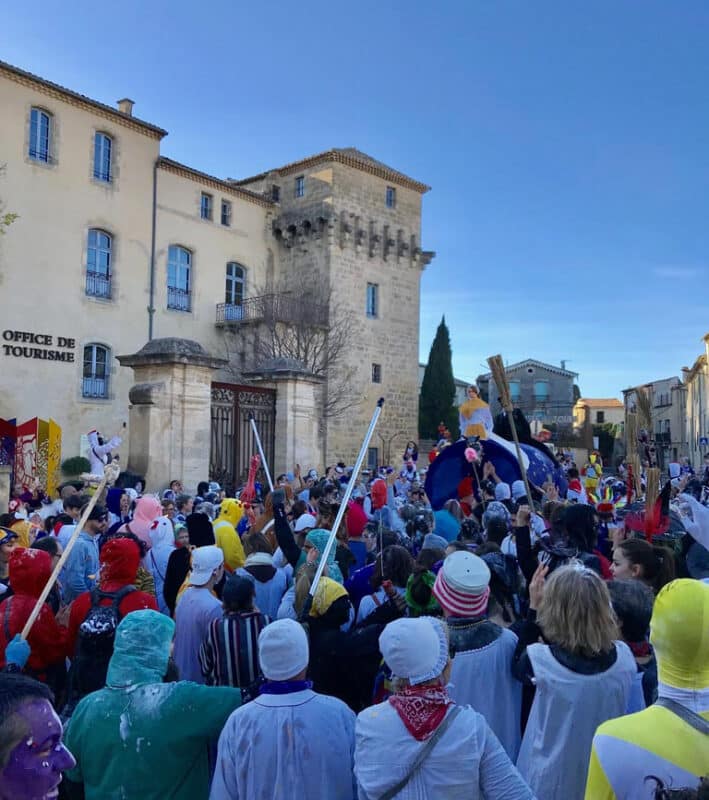
Saint-Jean
For the summer solstice, the sun reigns triumphantly, both for better (the height of vitality) and for worse (drought). A bond of fire and water is needed. This is the age of reasoning: taming the fire by jumping over it, sanctifying union by bathing at midnight, and harvesting “joanencas” herbs to use as natural medicine.
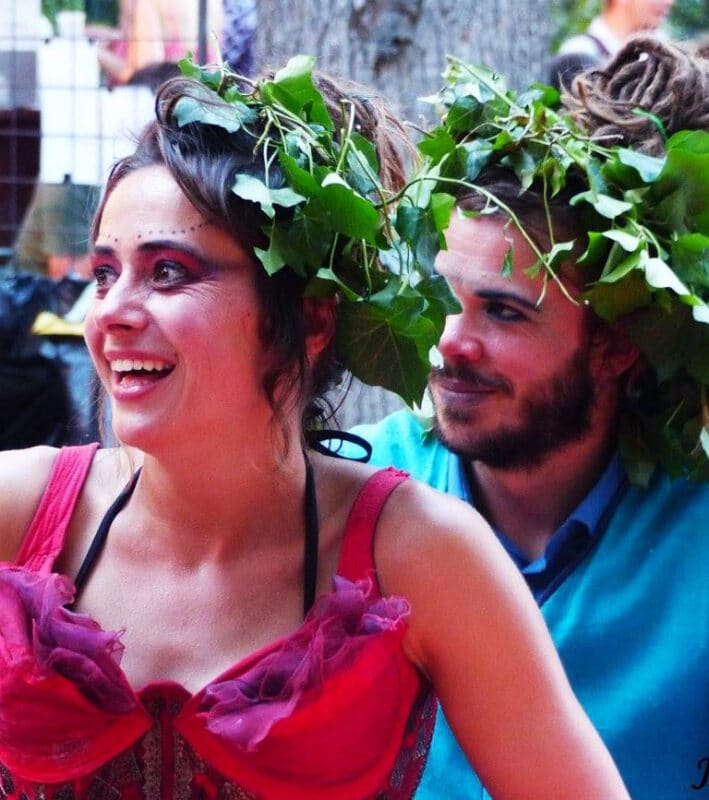
Photos credits : Jean-Claude Meauxsoone - Ville d'Agde - Laurent Uroz - Adobe Stock - Olivier Lebaron - Jaspel
REPRODUCTION OF PHOTOS PROHIBITED

